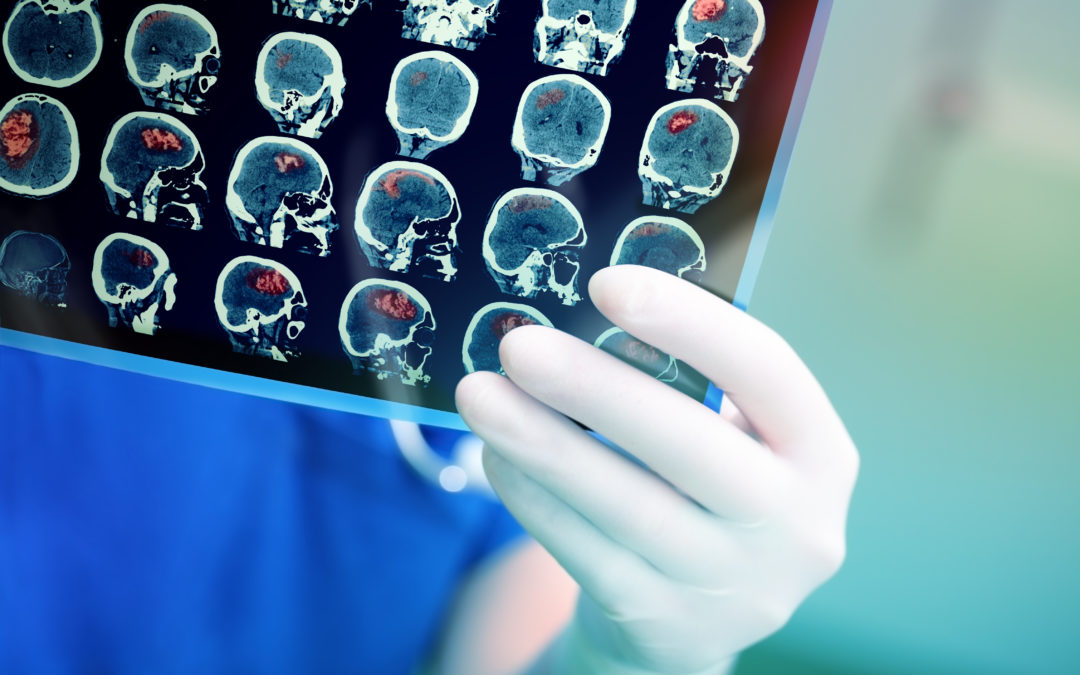Strokes are one of the leading causes of death in the developed world and, with May being National Stroke Month, we thought it would be a great time for everyone to learn more about them. There are a lot of misconceptions about them, and separating the facts from the fiction is vital for anyone wanting to stay safe. Here are a few common stroke myths.
What is a Stroke?
A stroke occurs when the blood stops flowing to the brain. That most often occurs due to a blood clot in one of the arteries that connects to the brain. It can also happen from a general decrease in the body’s blood supply or due to bleeding. Strokes can be fatal, but they can also cause lasting problems for people who survive them. Some people have trouble moving, while others deal with pain or weakness. Emotional problems are also possible. The symptoms vary depending on the part of the brain that the stroke damages.
Myth: Young People are Immune to Strokes
It is true that the elderly are more vulnerable to strokes than young people, but that doesn’t mean that young people are completely safe. Roughly one stroke in four happens to someone who is under the age of 65, and that number is going up over time. Everyone should try to reduce their odds of suffering from a stroke if they want to stay healthy.
Fact: Age is Only One Factor
There are a huge number of risk factors for a stroke. Some of them, such as a family history of strokes, age and gender are outside of our control. On the other hand, there are some that we can work on to reduce our risk:
- Smoking
- Unhealthy Diets
- Obesity
- High Cholesterol
- Sedentary Lifestyles
- Arterial Diseases
Myth: Strokes are Unpreventable and Untreatable
We run into a lot of people that believe strokes are inevitable, but that is not the case. The risk factors that people can control are responsible for the vast majority of strokes. While it is true that there is nothing that can completely eliminate the risk of suffering a stroke, anyone who makes an effort to get those factors under control can greatly reduce their risk. Even people who do suffer from a stroke have some options to help deal with it. A stroke that comes from a clot, often called an ischemic stroke, can be treated by eliminating that clot. A patient who undergoes treatment quickly after the stroke starts can prevent most of the damage from the stroke. Time is of the essence, which is why it is important to get medical help quickly if there are any signs of a stroke.
Fact: Medical Recovery is Possible
Strokes have the potential to cause a lot of lasting problems for people, but there are ways to deal with those problems. Most of the recovery process happens within the first few months of treatment, but many people can benefit from several years of therapy. The details depend on the patient’s goals and the details of the case, but it is often possible to lead a fairly normal life after a stroke.
Staying Safe
A stroke is always a medical emergency and a life-changing event. We encourage people who are worried about having a stroke or feel that they might be at risk to get in touch with medical professionals. They can help to identify the risk factors and make a plan to work on them and help prevent problems.

